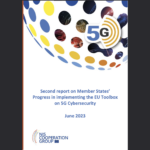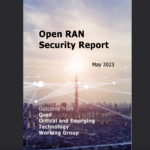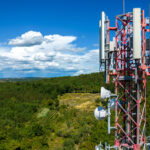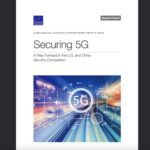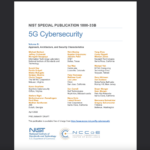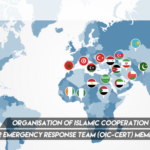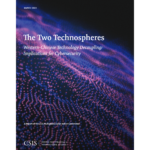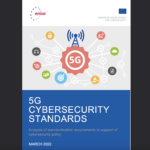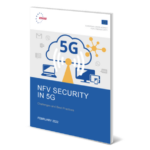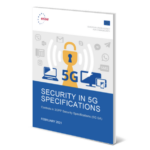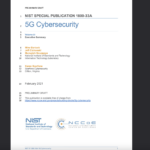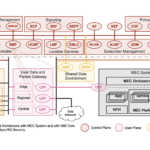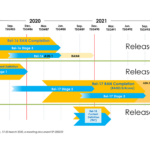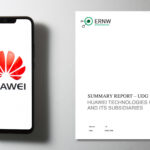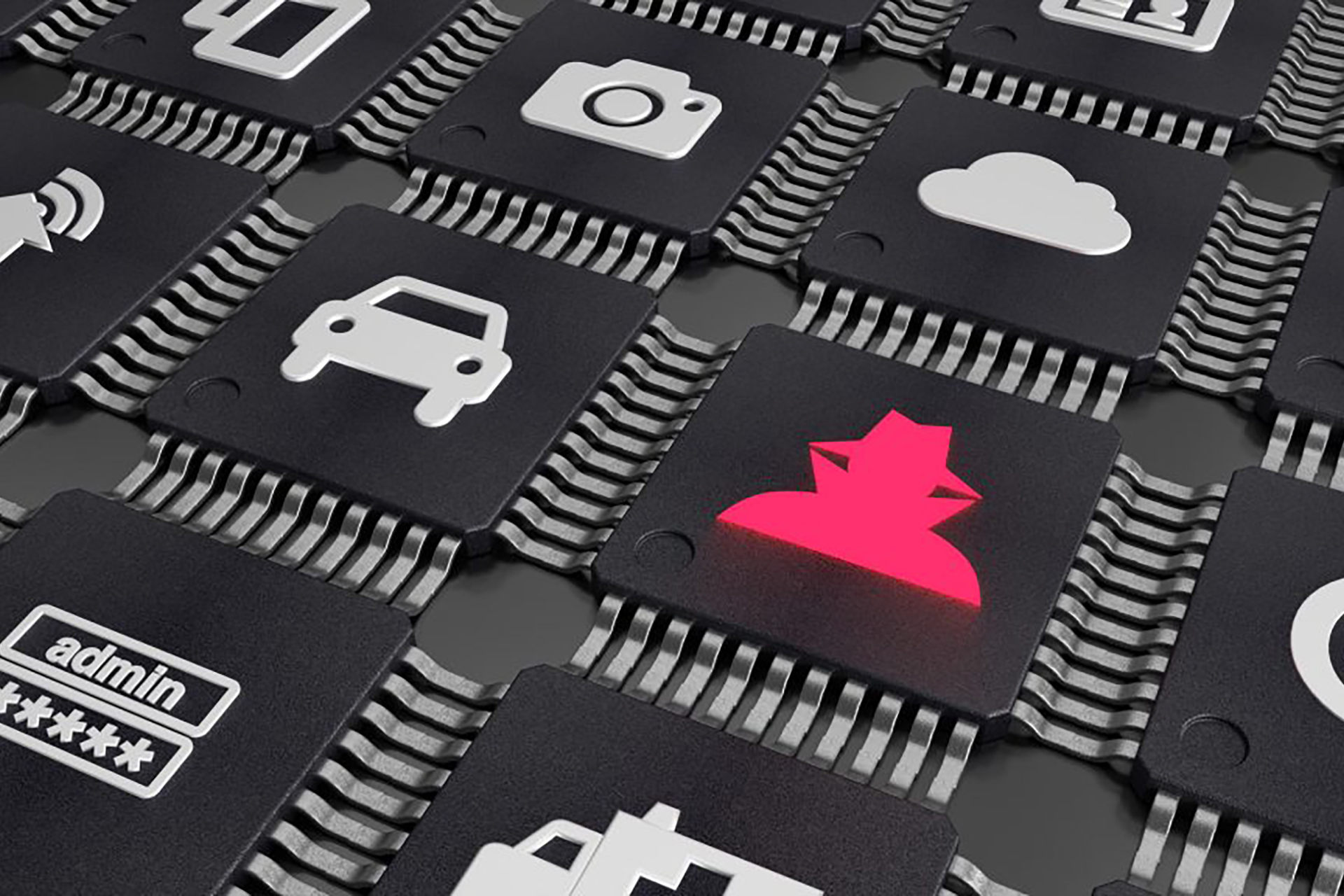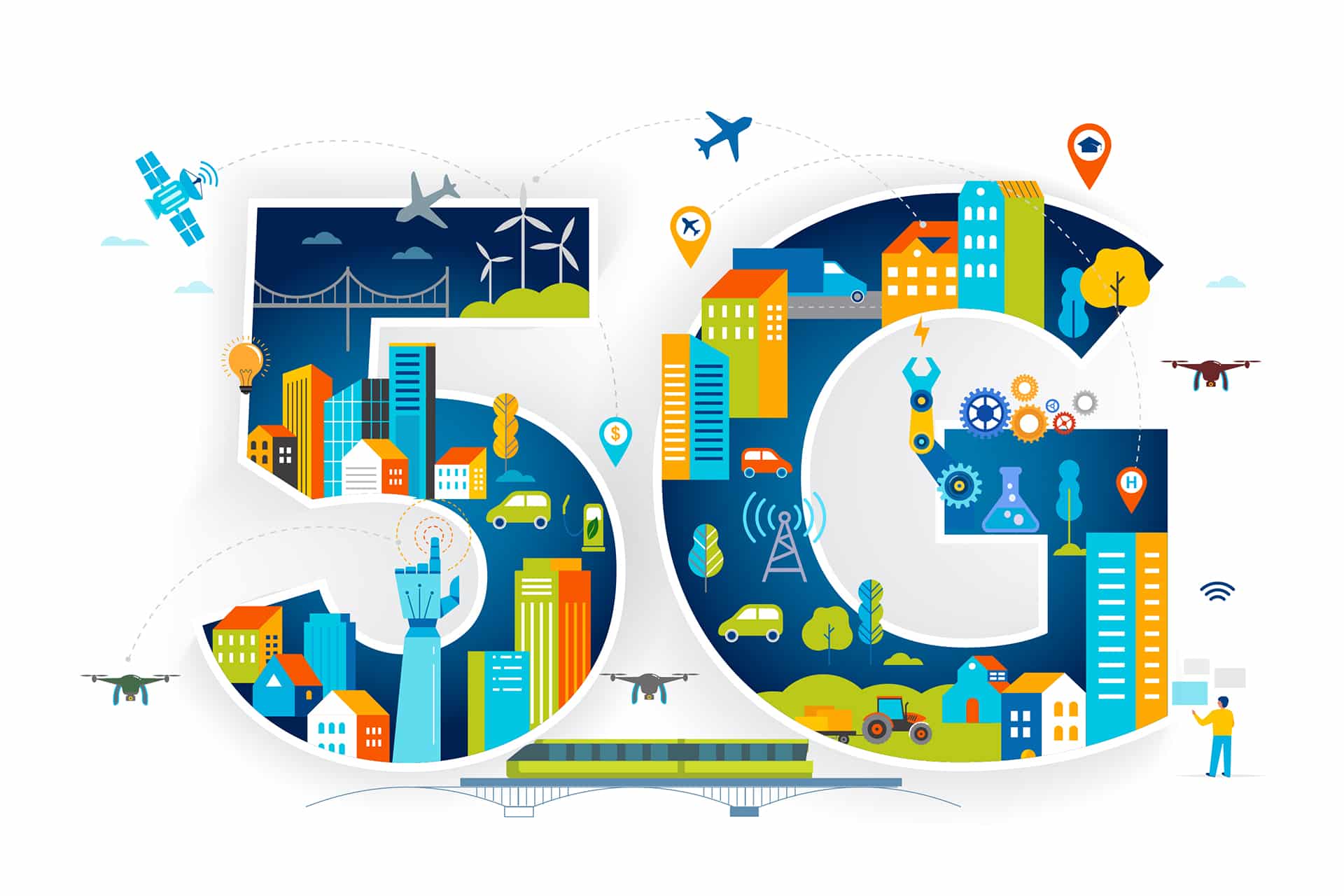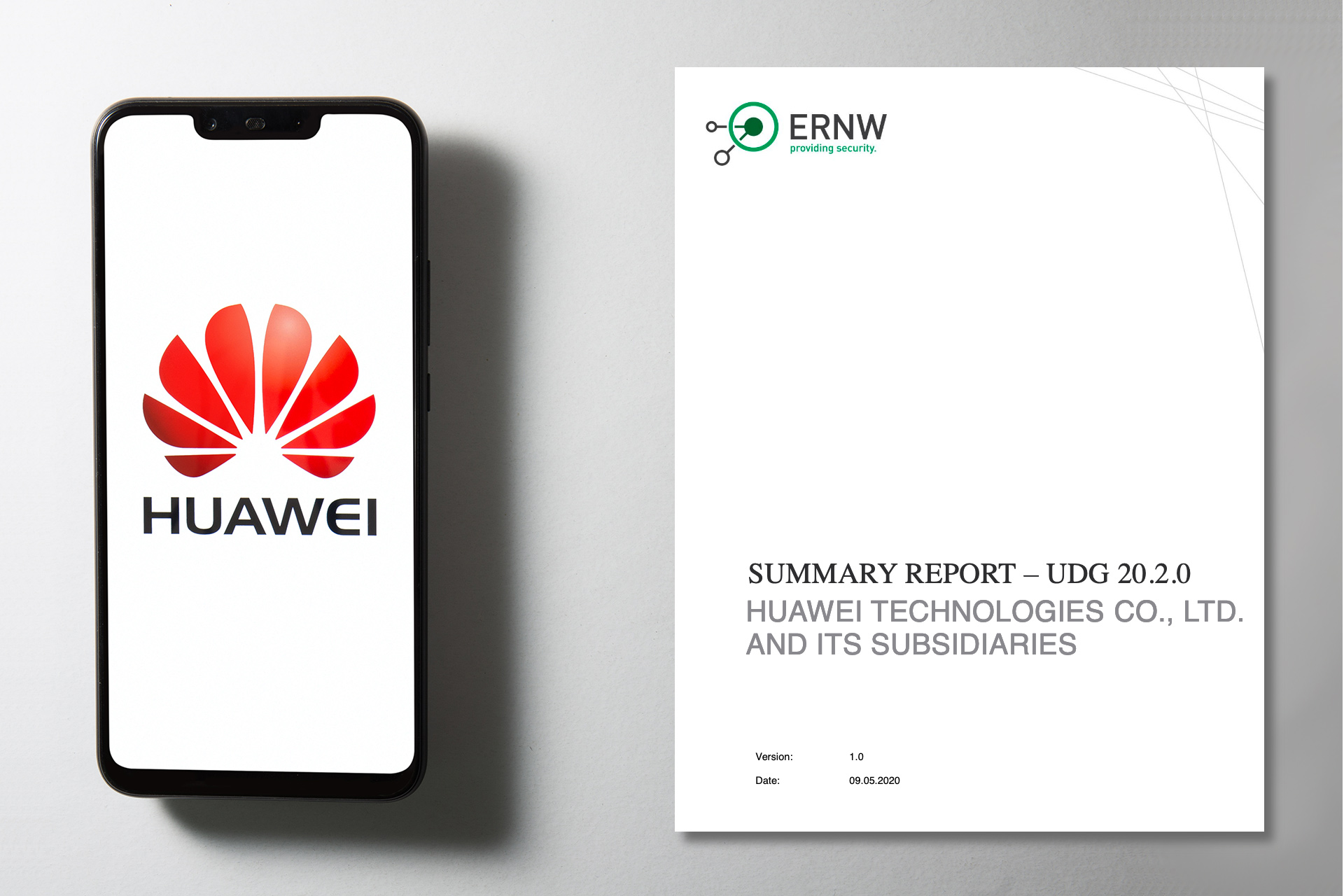5G Critical Infrastructure – the Most Critical of All
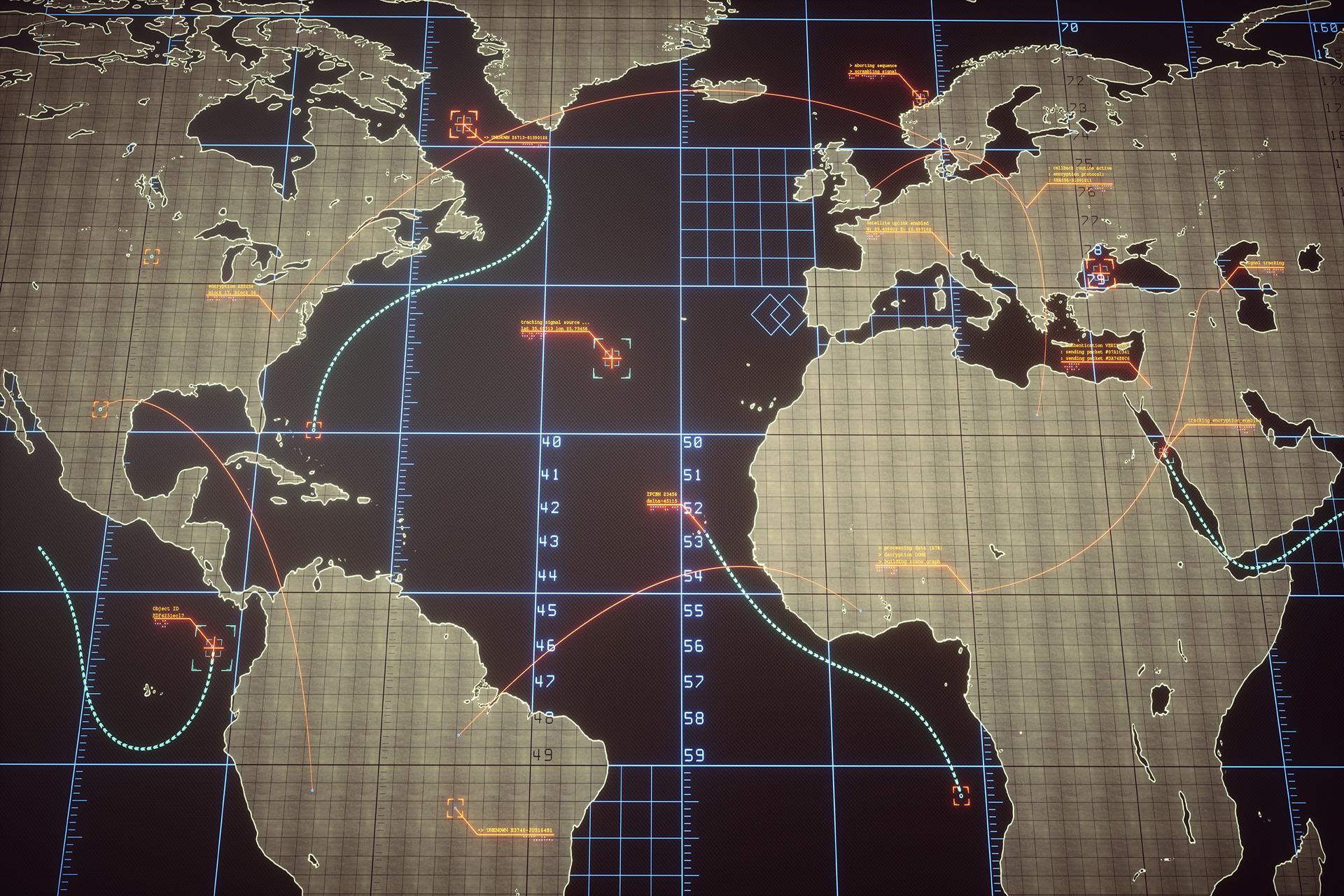
Not even 30 years separate us from the end of the Cold War. Yet, we appear to be witnessing the emergence of a new one, a technology Cold War between the United States and China. This time, instead of a ‘red under the bed’, the US government has declared there is one at the back door. It accuses Chinese technology companies of deliberately building vulnerabilities into their tech, allowing the Chinese to access and control the 5G critical infrastructure, and through it the connected devices and machinery at will.
Headlines are dominated by the case against Huawei, and debate continues to rage about the legitimacy of the US’s claims. Are these well-founded or part of a more comprehensive assault on China’s growing global technology dominance? Regardless, the battle lines are drawn, and they intersect most prominently on the field of 5G.
This is not simply a new generation of network. In 5G we find the potential for new ways of being, new technologies and new industries. What recently existed exclusively in the realms of science fiction will, with 5G, be possible at scale. It offers a platform to integrate the many different facets of 21st Century life in imaginative and exciting ways.
Ironically, this promise of integration has triggered a lot of division. In some ways this is symbolic of the times we live in. On one hand the human population is more globalized and integrated than ever before, but on the other, people seem more polarized and contracted. Finding the balance between these forces is key. Enabling the realization of 5G’s full potential will require cooperation, but it will also require intelligent security.
There may be political value in having a nation paranoid that they are being watched by a foreign government, but such an intense focus on surveillance and privacy concerns could do more harm than good. It is a distracting message, drawing attention away from far more serious risks inherent in the 5G landscape.
As 5G is instated it will quickly become the bedrock for the operation of national critical infrastructures. In ways that were never possible with 3G or 4G, 5G will redefine transportation, medical services, agriculture, water and waste systems, energy, defense and many more vital sectors. It will quickly become the infrastructure upon which all other infrastructures depend – the most critical of critical infrastructures.
The gains will be incredible. We will see levels of efficiency unimagined before. We will see solidification of emergent technologies like autonomous vehicles and remote surgery. But as systems become more unified on 5G critical infrastructure, the risks morph and increase. Rather than the critical infrastructures it supports, 5G itself will become the primary target for cyber-attacks.
Though the focus might be off, there is truth in all the trade rhetoric around 5G. If we do not pay attention to security now, while the network is still in its infancy, the costs could be catastrophic.
5G critical infrastructure: More than smartphones. Much much more.
In south central Utah lies Fishlake National Forest, home to the largest living organism on the planet. Pando, or the ‘trembling giant’, is a colony of quaking aspen trees growing from one massive underground root system. Though each tree is independent, all are connected by the root bed upon which they rely for survival.
5G is poised to become the root system for national and international critical infrastructures. According to the US Department of Homeland Security (DHS), these are infrastructures ‘whose assets, systems, and networks, whether physical or virtual, are considered so vital to the United States that their incapacitation or destruction would have a debilitating effect on security, national economic security, national public health or safety, or any combination thereof.’
Most consumer-centric press focuses on the sexy lights of the 5G universe: live streaming 8K video, real-time mobile gaming, AR and VR. But it is in connecting the sensors, processors and devices of critical sectors that 5th Generation networks will have the greatest impact. The relatively new concept of the Internet of Things (IoT) is already being upgraded to Massive IoT. This represents a move beyond the current matrix of connected devices to a world in which entire cities and countries are live with data-harnessing sensors and lightning-speed processors linked to the cloud.
It is a shift from the Internet of Things to the Internet of Everything, and it will be possible for the first time through 5G. The DHS names 16 critical sectors, most of which would be found in any country. Below are examples of how some of these infrastructures may be affected by the implementation of 5G and the establishment of Massive IoT.
Transportation
Autonomous transport will be achievable at scale for the first time. This will include high-speed trains, driverless cars and buses, even self-driving ships. With 5G’s real-time vehicle-to-vehicle (V2V) communications, every vehicle will know where every other vehicle is all the time, with adjustments possible within a tenth of a second leading to improved safety and reliability. Vehicle-to-infrastructure (V2I) communication will allow traffic flow and route management to be optimized.
Medical & Healthcare
Wireless technology has been around for some time in forms such as pacemakers or insulin pumps. Smart pill technology, or ‘ingestibles’, now provide intra-physical data on personal health. Ingestible robots can be used to deliver medicines or perform small procedures. Micro sensors and processors will allow non-invasive health management. Robotics combined with 5G’s ultra-low latency will permit doctors to perform surgery from the other side of the world.
Food & Agriculture
As the world population grows towards 9 billion in 2050, feeding everyone becomes a major concern. In rural areas, 5G technology could provide reliable, high bandwidth speeds to areas that typically lack coverage, enabling new precision agriculture capabilities that could double or triple yields. This may include self-driving tractors that leverage real-time connectivity to communicate and maintain optimal productivity, or perhaps a move away from large machinery altogether. Small autonomous devices could use 5G networks to access big data and AI capability to meet farming needs with novel proficiency.
Emergency Services
In environmental disasters, which look set to increase with global warming, 5G will enable the remote operation of drones to deliver equipment, medicine, food and water to disaster locations, regardless of geographical location. Even in less extreme scenarios, emergency services will be able to use drones and robots to gain visibility, optimize the safe deployment of resources, and minimize the risk of delays. Remote diagnosis at the scene of an accident or in a smart ambulance will be used by doctors to aid on-the-spot treatment. Beyond established technology like ShotSpotter, police services will be able to draw on drone and public surveillance data in real-time to identify criminals and coordinate timely responses.
Energy
As populations grow, urbanization increases and smart cities evolve, energy management becomes continuously more important. The Massive IoT will necessitate more efficient energy production and distribution – all of those sensors, devices and networks will need to run on something – but it will also provide some of the answers. A real-time smart grid will facilitate new capabilities of energy usage monitoring, energy distribution and energy management. Cities will be able to use AI and big data to make increasingly accurate forecasts that enable better infrastructure planning and development. Production will be optimized through remote monitoring of energy sites. Overall, energy wastage will be reduced and environmental impact minimized.
Defense
One of the underlying factors in the growing technology Cold War is war itself. 5G will transform modern warfare into a more efficient, less human-reliant and ultimately more deadly enterprise. Armies will be able to use 5G IoT and machine-to-machine communication to intiate attacks that intelligently coordinate soldiers, vehicles, weapons and autonomous drones. The constant stream of data from the battlefield will be processed through machine learning and AI to continuously improve and accelerate military campaigns. Though countries with such systems will feel that they have an advantage in finishing conflicts quickly and decisively, exactly which countries do we want to possess this technology? And, what if this technology were commandeered from the outside? What does it look like when a country’s military might is used against itself?
Though every critical infrastructure has similar examples of how 5G critical infrastructure will make a revolutionary difference, they are all joined by a common factor. In these sectors, IoT is no longer a collection of relatively benign devices like fitbits, smartphones, smart meters, and home appliances. Together, the deeply interconnected networks, sensors and devices of critical infrastructure have a cyber-physical footprint that impacts billions of people. There is simply no comparison in effect between a smart watch that stops reading your heartbeat and an autonomous ship that inexplicably runs aground in a major city port.
With 5G’s amplification of human potential comes an amplification of human risk. As the most critical of critical infrastructures, it will also need to be the safest.
What are the real risks of 5G critical infrastructure?
In the all the political smoke and mirrors around 5G it can be difficult to tease apart spin from reality. What are the real risks of upgrading critical infrastructures and public services to 5G critical infrastructure?
Fears of security threats, mostly among consumers, have been fueled by Washington’s allegations that Huawei and ZTE have deliberately incorporated backdoors into Chinese 5G tech. Though there may be some legitimate concerns in the adoption of Huawei technology, it is far from certain that these cannot be addressed. The more likely risk is an economic one. As warned in a recent US Department of Defense (DoD) report, ‘Historical shifts between wireless generations suggest that the first-mover country stands to gain billions in revenue accompanied by substantial job creation and leadership in technology innovation.’ Currently, the geopolitics of 5G are firmly in China’s favor. Suggestions of 5G devices being used by Chinese surveillance to watch the citizens of the world may be theoretically correct – many countries are capable of using devices to serve cyber-espionage, and many of them do.
But in a world of integrated 5G, privacy is far from the main concern.
5G critical infrastructure and mIoT – spreading the attack surface
5G can connect considerably more devices – up to one million per square kilometer – which means powerful increases on network processing, but also significantly more network end points. This spreads the potential attack surface for cyber criminals by creating more possible openings through which they may penetrate the network. Complexity itself becomes a vulnerability – the more connections there are in a system the more difficult it is to hold a clear and protective view of that system. The same applies to 5G infrastructure, such as base stations and related systems.
5G will also facilitate edge computing, which takes computing away from the ‘core’ of the network and places it at or near the source of the data. This is partly what makes 5G’s sub-5 ms latency possible, but it also means engineers will struggle to maintain the same level of security as when all primary processes are concentrated close to the computing core.
Network slicing, another highly-anticipated feature of 5G networks, will enable the creation of multiple virtual networks on top of a common shared physical infrastructure. This means pieces of the network can be attributed to specific domains or use cases, such as specific critical infrastructures, allowing more efficient and reliable network operation. But this will create new security challenges as each virtual network slice could demand unique security capabilities that need to be managed in a coordinated manner.
Conclusion
Critical infrastructures are unique in the depth and breadth of their influence. Often unseen and unthanked, these are the services that keep humans alive and societies functioning. And while the current narrative frames 5G security as a privacy and a counter-espionage issue, critical infrastructure sectors remind us that the true threats are not digital, they are cyber-kinetic. Yes, 5G will enable new use cases that aren’t available today, with huge potential benefits for the world at large. But 5G critical infrastructure will also create new opportunities for those who wish to interrupt or sabotage the peaceful operations of humankind.
Traditionally, the favorite targets for outside attacks have always been seen as the critical infrastructures we’ve mentioned above. But in an age where technology is the most critical of all of these infrastructures, a country could be brought to its knees – or worse – simply by taking out 5G. There may be a lot of hyperbole in the press at the moment, but when it comes to the security of nation-states it doesn’t get more serious than this.
Marin Ivezic
For over 30 years, Marin Ivezic has been protecting critical infrastructure and financial services against cyber, financial crime and regulatory risks posed by complex and emerging technologies.
He held multiple interim CISO and technology leadership roles in Global 2000 companies.




